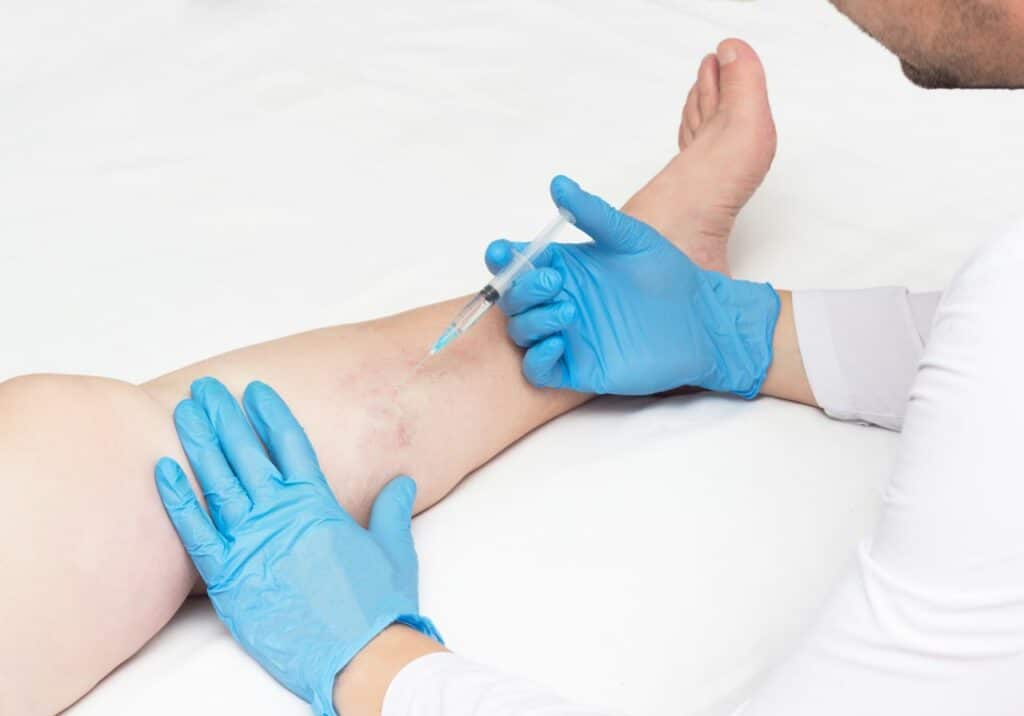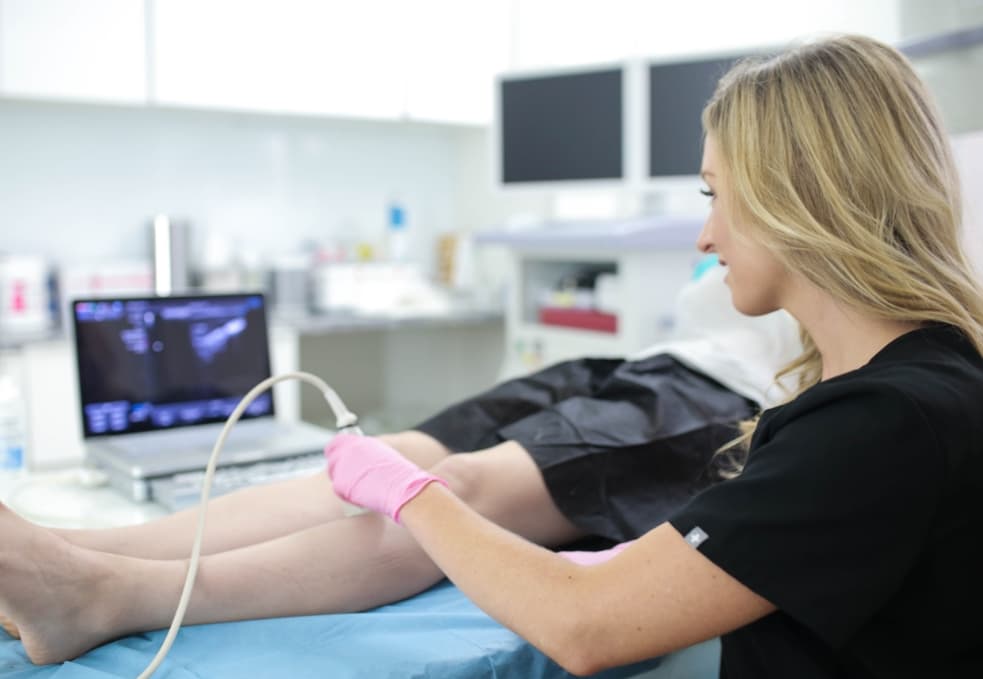How serious is varicose vein surgery?
Varicose vein surgery is a serious operation. It is usually done under general anesthesia, which means you will be asleep during the procedure. Some of the most common varicose vein surgeries include vein ligation, vein stripping, and venous bypass surgery. The specific details of vascular surgeries may differ, but most involve making small incisions in your leg and then tying off or removing the affected veins.
After varicose vein surgery, you will need to stay in the hospital for a few days. You will also need to wear special compression stockings for several weeks to help your veins heal. There is a risk of complications after varicose vein surgery, such as infection, bleeding, and blood clots. Varicose vein surgery is a fairly serious procedure because it involves multiple excisions and a fairly high risk of complications and vein disease recurrence.
Varicose vein surgery was the standard treatment for varicose veins a few decades ago. But that’s no longer the case. Some vein doctors still offer vascular surgeries, but minimally invasive vein treatments are considered safer, more effective, and more reliable. Minimally invasive vein treatments, such as radiofrequency ablation, also conclude within an hour and involve no downtime. Please avoid doctors offering surgeries instead of minimally invasive procedures.
Long Island Vein Center is a group of state-of-the-art vein centers specializing in minimally invasive vein treatments. Our vein doctors diagnose and treat the root cause of varicose veins and spider veins using cutting-edge technologies. Our considered approach to vein care ensures safe and consistent results without harsh side effects or downtime. You can resume your daily activities and work immediately after your vein treatment.
You can find our vein centers in West Islip, Jericho, or Hampton Bays. If you’re in or around the south shore of Long Island, you can find our vein center on the border of Suffolk County and Nassau County. Please schedule an appointment at your nearest vein center in Long Island.

What are the advantages of minimally invasive vein treatments over varicose vein surgeries?
Minimally invasive vein treatments are the ideal treatment option for varicose veins. There are several advantages of minimally invasive vein treatments over traditional varicose vein surgery.
One of the major advantages is that minimally invasive treatments are much less invasive than surgery. This means less pain and discomfort associated with the treatment and a shorter recovery time. Minimally invasive treatments also tend to be less expensive than surgery and have a lower risk of complications.
Another advantage of minimally invasive treatments is that they can be done on an outpatient basis. This means that you do not have to stay in the hospital overnight and can return home the same day. Unlike vascular surgeries, you can also resume your daily activities and work immediately after the procedure — with no downtime or lost time.
Minimally invasive treatments are also generally less risky than surgery. Vascular surgeries involve multiple excisions, while minimally invasive treatments usually involve only a small incision on the skin’s surface. That’s why surgical procedures lead to a higher risk of infections, blood clots, and vein disease recurrence.
All things considered, minimally invasive vein treatments are safer, more effective, and more convenient than vascular surgeries. It’s no wonder that varicose vein surgery is now considered an obsolete treatment option for vein disease.
What are the best minimally invasive vein treatments?
1. Radiofrequency ablation
Radiofrequency ablation is a minimally invasive procedure that uses heat to destroy the vein. Once the diseased vein is destroyed, the accumulated blood reroutes into healthier leg veins. It is a relatively quick and simple procedure that can be carried out in your vein doctor’s office with just a local anesthetic.
2. Endovenous laser ablation
Endovenous laser ablation is another minimally invasive procedure that uses heat to destroy the vein. In this case, the vein doctor uses a laser fiber to generate laser energy and destroy the diseased vein. It is slightly more invasive than radiofrequency ablation, but it’s still quick, effective, and safe.
3. Venaseal
Venaseal is a minimally invasive procedure using medical glue to seal the vein. The vein doctor injects a medical-grade adhesive into the diseased vein responsible for your problems. The diseased vein hardens into scar tissue, eventually reabsorbed by the body.
4. Sclerotherapy
Sclerotherapy is a minimally invasive procedure that involves injecting a sclerosing solution into the spider veins. The solution irritates the lining of the spider veins, causing them to swell and stick together. This seals the spider vein and prevents blood from flowing through them. The spider veins gradually disappear within a few weeks, making your legs look smooth.
5. Ambulatory phlebectomy
Ambulatory phlebectomy is a minimally invasive procedure that involves removing superficial varicose veins through small incisions. This procedure is suitable for superficial varicose veins after the primary vein treatment. It can improve the cosmetic appearance of your legs, but it can’t treat underlying chronic venous insufficiency.
What are the best ways to prevent varicose veins from worsening?
- Wear compression stockings that apply pressure to your legs and reduce the pooling of blood.
- Exercise regularly to improve blood circulation and prevent blood from pooling in your veins.
- Avoid sitting or standing for long periods.
- Maintain a healthy weight because extra weight puts added pressure on your veins.
- Eat a healthy diet to reduce constipation, which can worsen varicose veins.
- Don’t smoke. Smoking damages the lining of your veins and reduces blood flow.

